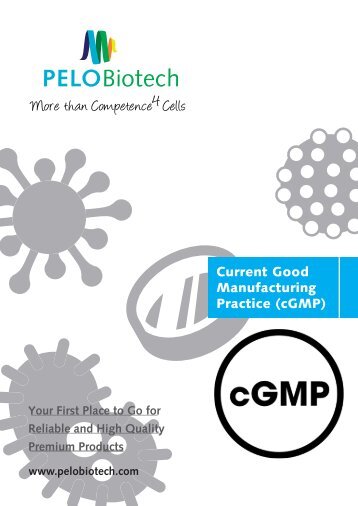PeloNews with Focus on Liver/Islets
- Text
- Ecm
- Collagenase
- Islet
- Isolation
- Collagen
- Enzymes
- Pelonews
- Enzyme
- Hepatocyte
PELONews Islet
PELONews Islet Isolation Reducing the Cost of Human Islet Isolation Clostridium histolyticum collagenase is a critical reagent for isolating islets from human pancreatic tissue. The development of Liberaseä HI Purified Enzyme Blend overcame the problem of repetitive evaluation of different crude collagenase lots to identify an acceptable product. The potential threat of transmission of spongiform encephalopathy from bovine tissue led NIH to disallow the use of Liberase HI in the Clinical Islet Transplantation Consortium (CITC) trial. Initially, Nordmark/Serva was chosen as the sole enzyme vendor for this trial, but VitaCyte and Roche were added as suppliers after several experienced islet transplant laboratories were unable to achieve human islet yields comparable to those obtained when using Liberase HI. All of the enzyme formulations in the CITC trial used about 20 Wünsch Units of collagenase per g of trimmed tissue, the same dose used in the Immune Tolerance Network Trial for human islet transplantation. Human islet isolation is an inefficient process since ≈ 53% of the islet isolations had a sufficient number of islets for subsequent transplantation. The use of more consistent collagenase reagents may increase the efficiency of this process. A new era of understanding enzyme-mediated tissue dissociation began when Matsushita’s laboratory reported the gene sequence and protein domain structure of C. histolyticumcollagenase. His laboratory showed class I (C1) and class II (C2) collagenase were expressed by separate genes, validating earlier observations that showed these two classes had different enzyme activity profiles and were separated by chromatographic techniques. They also showed the degradation of native collagen only occurred
Human Islet Read here common protocols used in human islet isolation. Includes a table listing factors to consider when focusing on enzymes used in these isolation procedures: https://www.vitacyte.com/product-applications/humanislet-applications/ Hepatocytes Rodent Hepatocytes Overview. Overview discussion of methods for isolating rodent hepatocytes. Includes a table of recommended products and doses for use
- Page 1 and 2: PELONEWS WITH FOCUS ON LIVER&ISLETS
- Page 3: Revolution of Enzyme Requirements f
- Page 7 and 8: More New Products PELOBiotech‘s P
Inappropriate
Loading...
Mail this publication
Loading...
Embed
Loading...
About us
This website is published by
PELOBIOTECH Gmbh
Am Klopferspitz 19
82152 Planegg/Martinsried
(Phone): +49 89 517 286 59-0
(Fax): +49 89 517 286 59-88
E-Mail: info@pelobiotech.com
Managing directors:
Dr. Lothar Steeb
Dr. Peter Frost
Registergericht/Trade register:
Amtsgericht München HRB 197203
UID-Nr: DE282095341
EORI-Nr.: DE513247033551940
Responsible for the content (V.i.s.d.M.):
Dr. Peter Frost
Linked Sites: Although we thoroughly check all sites linked to our webpage, we decline any responsibility for their contents.







































Follow Us
Instagram
Email
LinkedIn
Twitter